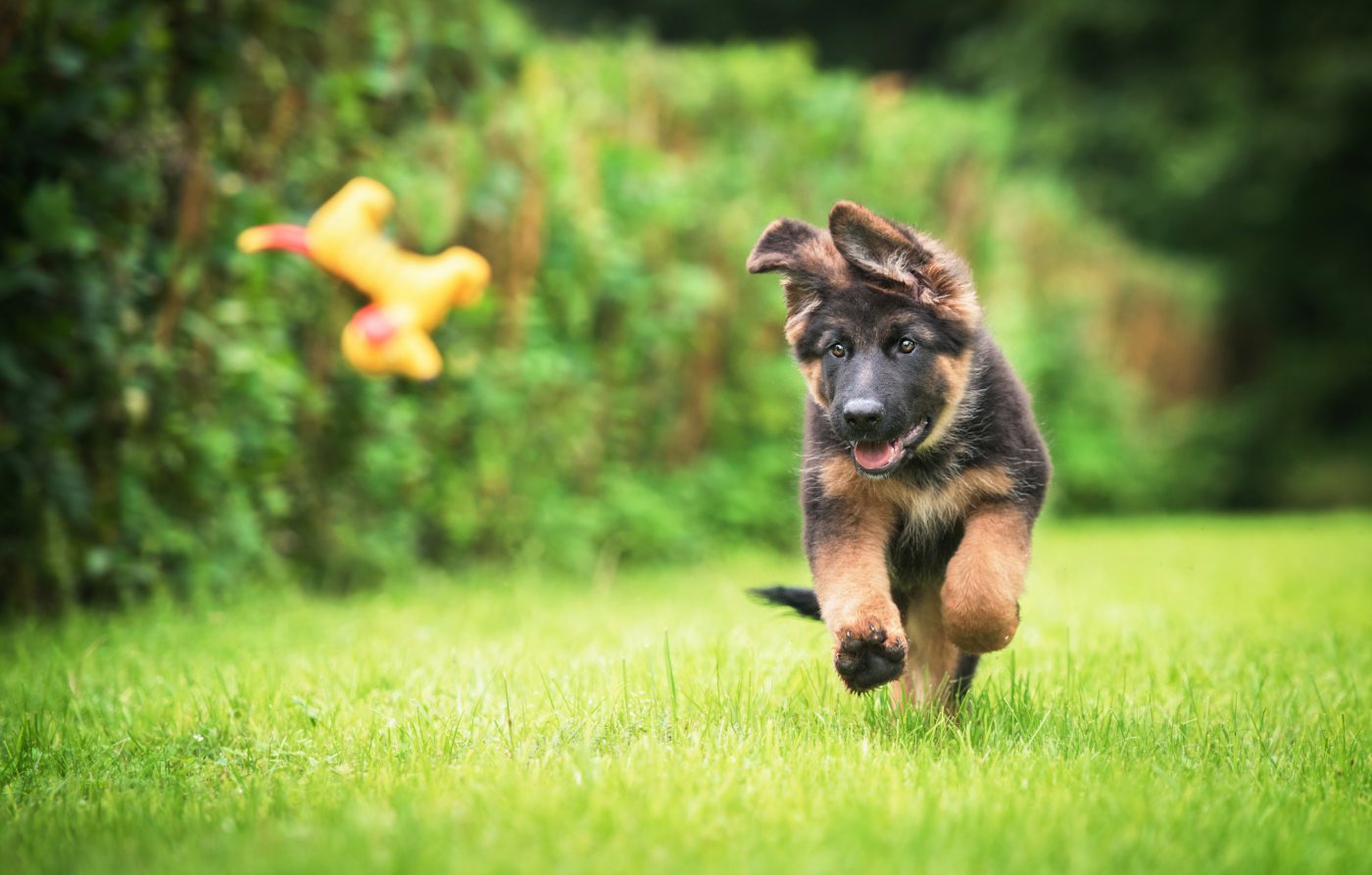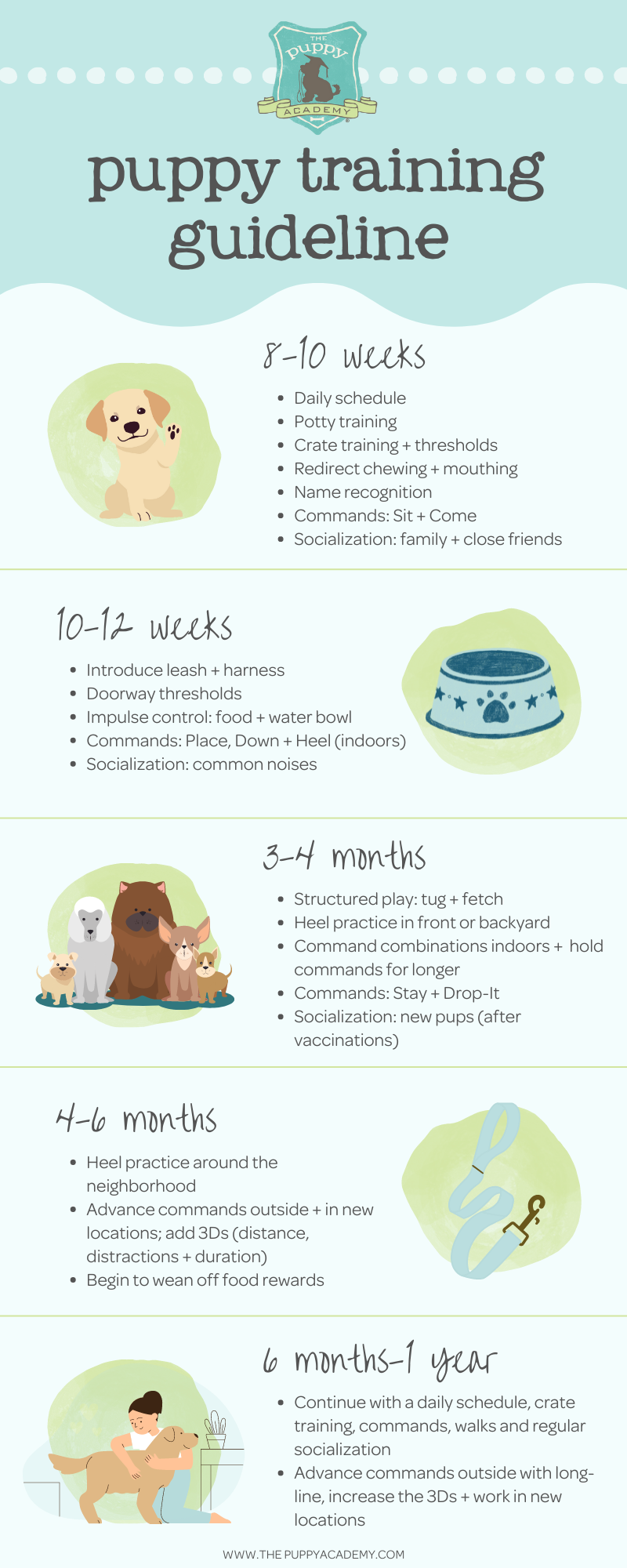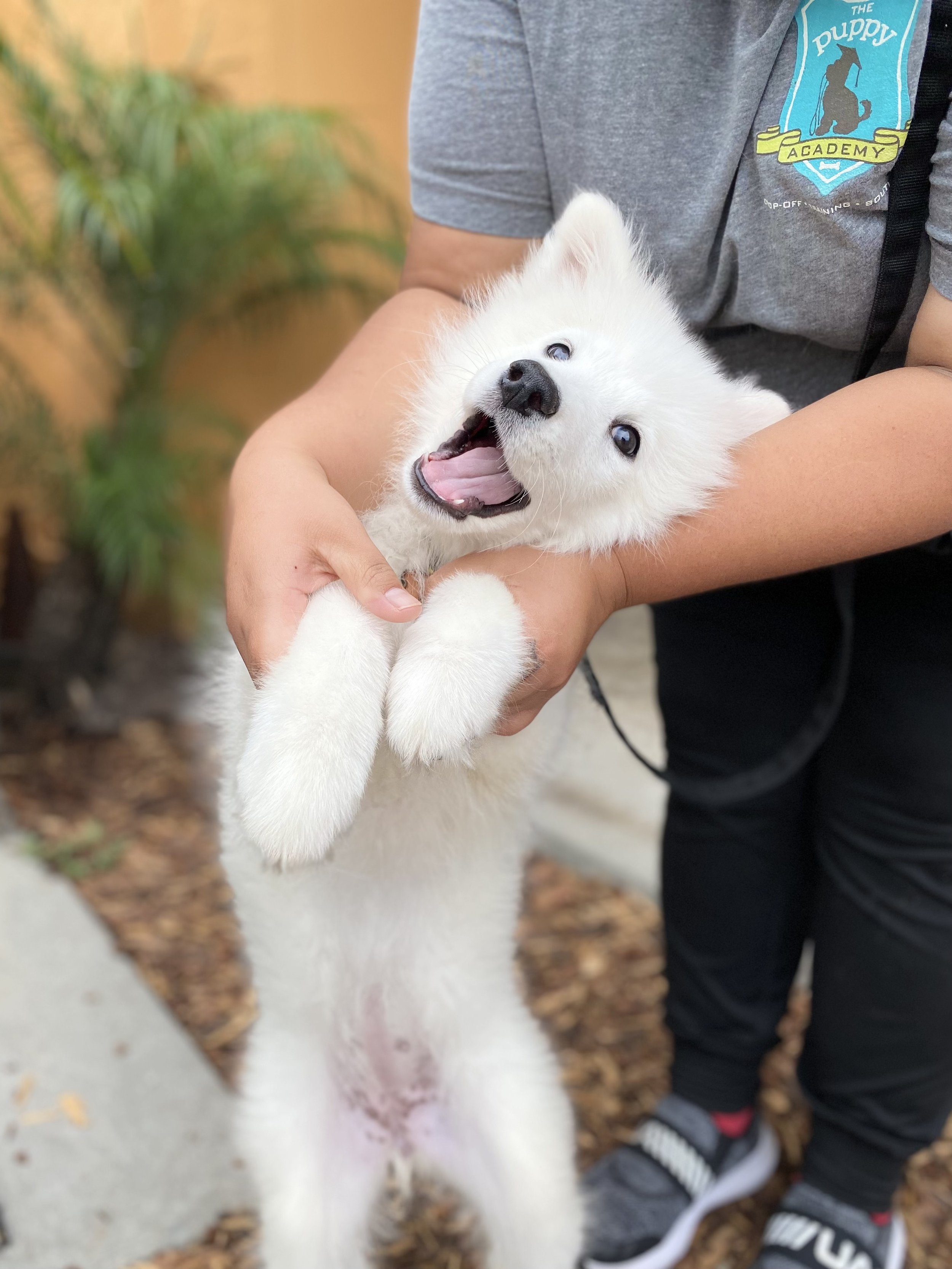The Ultimate Guide to Puppy Training: Techniques for Raising a Well-Behaved Dog
The Ultimate Guide to Puppy Training: Techniques for Raising a Well-Behaved Dog
Blog Article
Top Young Puppy Educating Methods to Make Sure a Mannerly Pet
Efficient puppy training is essential for growing a mannerly buddy, and various strategies can significantly affect a pet dog's advancement. As we check out these methods additionally, it comes to be clear that the success of young puppy training pivots on a mix of strategies that can transform your pet's behavior in amazing ways.
Favorable Support Techniques
Utilizing positive support strategies is crucial for effective puppy training, as it urges preferred habits via rewards instead of penalty. This method takes advantage of the natural understanding procedures of pet dogs, enhancing etiquette by providing immediate and tangible incentives, such as treats, praise, or play. By connecting positive outcomes with particular actions, young puppies are more probable to duplicate those behaviors in the future.
Efficient positive support entails timing and uniformity. Rewards should be given instantly after the preferred behavior takes place to produce a clear connection in the young puppy's mind. In addition, varying the kinds of benefits can preserve a pup's interest and motivation throughout the training procedure. Some young puppies might respond far better to spoken praise while others might prefer a favorite plaything or treat.

Consistency in Educating Commands
Preserving uniformity in training commands is essential for enhancing the lessons learned with favorable reinforcement techniques. Canines grow on routine and predictability, so using the exact same verbal commands and hand signals for particular habits is important. This harmony assists pups understand what is anticipated of them, minimizing confusion and aggravation for both the animal and the trainer.

Timing also plays a substantial role in uniformity. Commands need to be provided without delay during training sessions and adhered to right away by favorable support, such as deals with or praise. This instant reaction assists strengthen the organization in between the command and the preferred behavior.
Incorporating consistency into training sessions will create a secure understanding environment, promoting quicker mastery of commands. Ultimately, a well-structured strategy cultivates a solid bond between the young puppy and its owner, resulting in an extra well-behaved and obedient animal.
Socialization With Other Animals
Socialization with various other animals is important for a puppy's growth, as it aids them discover proper habits and interaction abilities in diverse social contexts. Very early interactions with different pets can substantially influence a young puppy's temperament and adaptability in numerous scenarios. When pups are exposed to a range of pet dogs, they come to be a lot more confident and much less frightened, which can avoid possible behavior concerns later in life.

Show your puppy to acknowledge signals from other pets, such as indicators of playfulness or pain, cultivating common regard and understanding. Regular socializing not only improves your young puppy's social abilities yet additionally contributes to their overall well-being, producing a more unified living environment.
Pet Crate Training Advantages
Identifying the many advantages of dog crate training can significantly boost both the pup's and owner's experience. Crate training offers a protected and risk-free setting for puppies, ensuring they really feel shielded when left alone. This complacency Full Report can substantially reduce anxiousness and anxiety degrees for both the proprietor and the family pet.
In addition, cages act as a useful house-breaking tool. Pups naturally prevent soiling their sleeping location, therefore encouraging them to hold their bladder until they are allow outside. This reaction can expedite the housebreaking process, promoting excellent habits early.
When not being watched,Crate training additionally helps in handling a pup's behavior - puppy training. By offering a marked room, owners can avoid devastating behaviors, such as eating on furnishings or entering damaging materials. Furthermore, crates can be advantageous throughout travel, using an acquainted space that can help relax a puppy in brand-new environments.
Last but not least, establishing a cage regular motivates independence, permitting young puppies to find out how to be alone without concern. Generally, dog crate training is an effective method for advertising self-control, tranquility, and security, resulting in a well-adjusted, mannerly family pet.
Chain Training Fundamentals
Leash training is an essential facet of accountable animal possession that ensures a safe and satisfying walking experience for both the puppy and its owner. Appropriate chain training begins early, ideally during the puppy's socializing duration. This training assists develop great routines and promotes favorable actions when out in public.
To begin, choose a comfortable collar or harness that fits your pup well. Connect a durable chain, guaranteeing it is not also long, as this can result in drawing and unpredictable habits. Start in a peaceful environment to minimize disturbances and gradually introduce your young puppy to brand-new surroundings.
Use positive support page techniques, such as deals with and appreciation, to motivate your pup to stroll close to you. If your puppy draws, quit walking and await them to go back to your side before continuing. This educates them that drawing will certainly not produce onward activity. Uniformity is crucial; technique on a regular basis and stay patient, as mastery requires time.
In addition, integrate short training sessions with enjoyable diversions to build your puppy's focus. With devotion and persistence, leash training will certainly cause a hospitable buddy, making strolls enjoyable for both the proprietor and the young puppy.
Verdict
In final thought, using effective young puppy training strategies is vital for creating a mannerly pet. Overall, these techniques collectively advertise a harmonious relationship in between pups and their owners.
As we check out these techniques better, it becomes clear that the success of pup training pivots on a mix of strategies that can transform your animal's behavior in have a peek at this site exceptional means.
Utilizing favorable reinforcement techniques is necessary for effective pup training, as it encourages desired behaviors with rewards instead than penalty.Crate training likewise assists in handling a puppy's actions when without supervision.Leash training is a fundamental facet of accountable animal ownership that guarantees a satisfying and risk-free walking experience for both the young puppy and its proprietor.In final thought, using reliable pup training techniques is vital for creating a well-behaved animal.
Report this page